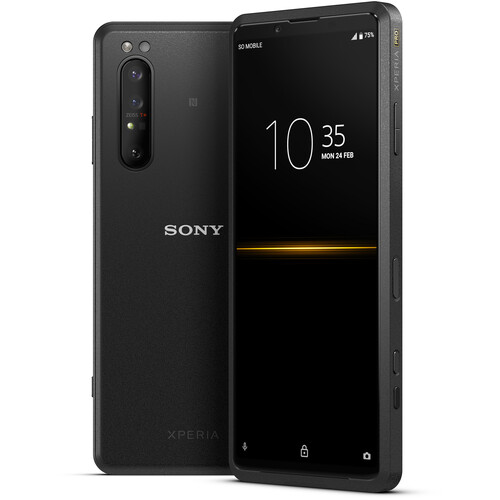Samsung has announced the Galaxy Watch 3 and Watch Active 2 have gained ECG and blood pressure monitoring in 31 more countries. Users can take advantage of these health tracking features through Samsung’s Health Monitor app.
Samsung said its Health Monitor app received a CE-marking last month, allowing the service to expand to 28 European countries, where users can take advantage of blood pressure and electrocardiogram tracking. Receiving the marking denotes that a product complies with EU safety, health, and environmental requirements.
The new countries include: Austria, Belgium, Bulgaria, Croatia, Czech Republic, Denmark, Estonia, Finland, France, Germany, Greece, Hungary, Iceland, Ireland, Italy, Latvia, Lithuania, the Netherlands, Norway, Poland, Portugal, Romania, Slovakia, Slovenia, Spain, Sweden, Switzerland, and the UK. Samsung said the Health Monitor app is also being introduced in Chile, Indonesia, and the UAE.
Samsung previously made ECG monitoring available on the Galaxy Watch 3 and Galaxy Watch Active 2 in the U.S. after receiving FDA clearance. The electrocardiogram function can detect Atrial Fibrillation (AFib), which is often the cause of heart complications, including blood clots, failure, and stroke.
Samsung said the function works by analyzing the heart’s electrical activity via a sensor on its watches. Once a measurement is taken, the Health Monitor app will classify the results as a Sinus Rhythm (normal) or AFib, which is when the heart beats irregularly.
Meanwhile, monitoring your blood pressure and heart health is critical because high blood pressure is linked to brain, kidney, and heart disease. If untreated, it can lead to stroke and coronary heart disease. Blood pressure monitoring was previously made available in South Korea.
Using these features can provide users with a clearer picture of their overall health. Samsung said the Health Monitor app update will be available in these countries on the Galaxy Watch 3 and Galaxy Watch Active 2 beginning February 4.
If you own a non-Samsung phone, you can actually use ECG monitoring on the Galaxy Watch 3 and Watch Active 2 with some tinkering. It’s also fairly easy to enable blood pressure monitoring on the Watch Active 2 using this guide.
The post Samsung’s Galaxy Watch 3 and Watch Active 2 gain ECG and blood pressure monitoring in 31 new countries appeared first on xda-developers.
from xda-developers https://ift.tt/3iQjLrV
via IFTTT





 Furthermore, you can more easily pick up where you left off in the Samsung Internet browser app or sync notes faster in Samsung Notes. These features are enabled with a setting called “continue apps on other devices” that is available on Galaxy smartphones and tablets running One UI 3.1, which currently only includes the Tab S7 and S21 series. Both devices will need to be signed into the same Samsung account, have Bluetooth enabled, and be located within 2m in order for the feature to work.
Furthermore, you can more easily pick up where you left off in the Samsung Internet browser app or sync notes faster in Samsung Notes. These features are enabled with a setting called “continue apps on other devices” that is available on Galaxy smartphones and tablets running One UI 3.1, which currently only includes the Tab S7 and S21 series. Both devices will need to be signed into the same Samsung account, have Bluetooth enabled, and be located within 2m in order for the feature to work.


